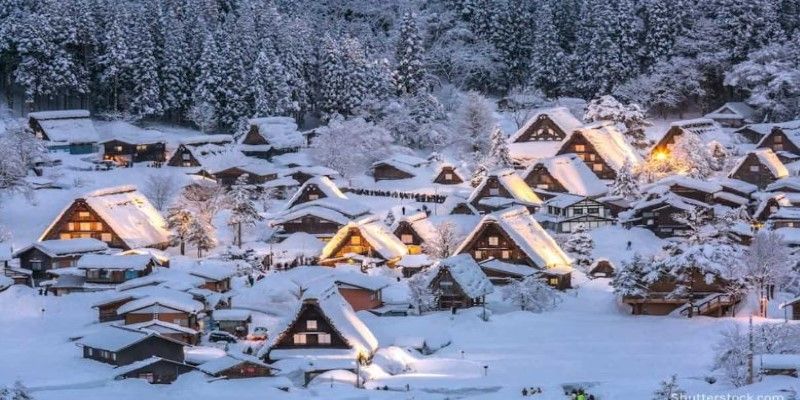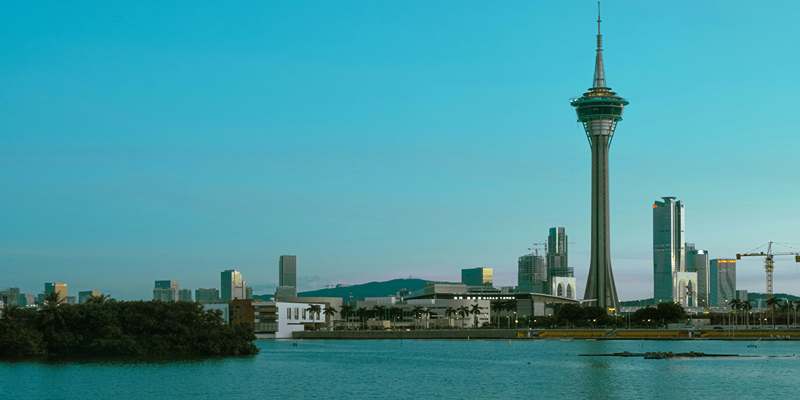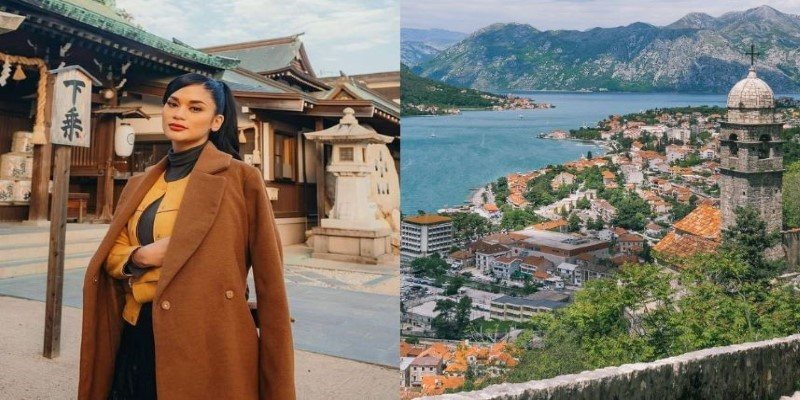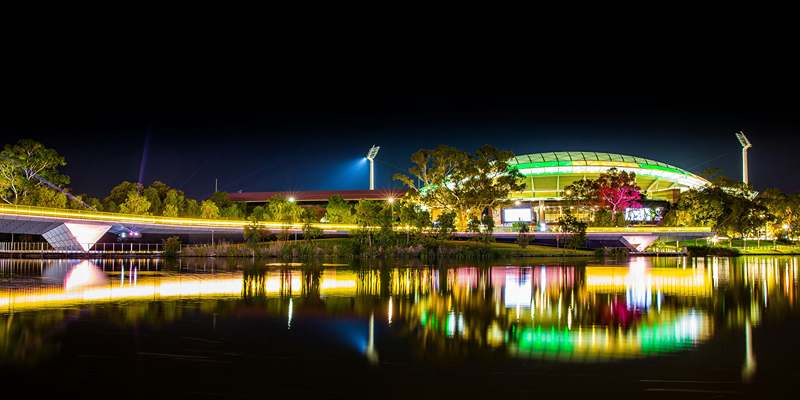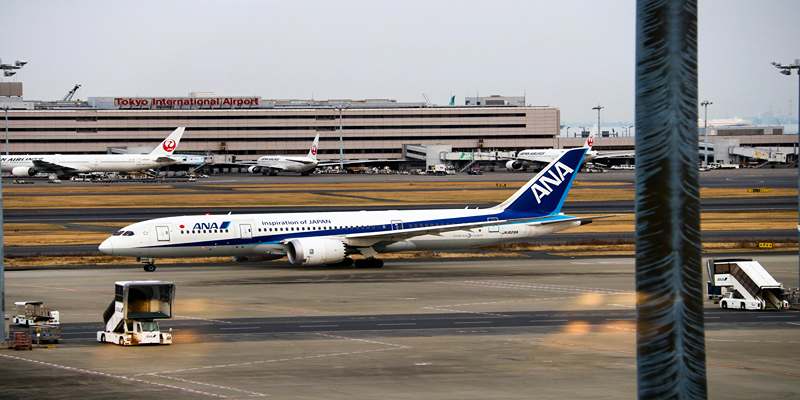Every night, the northern lights, or aurora borealis, add beauty to the sky with their streaks of green, purple, and red. When charged solar particles meet with Earth’s magnetic field, they can cause lights that are well known near the Earth’s poles. People from all over come to Saint Petersburg to witness the elusive Northern Lights. If you’re after excitement or just working towards a dream, planning ahead is very important. This guide tells you the best places and hours to catch the lights, shares some useful travel advice, and offers ideas on how to take stunning photos beneath the stars.
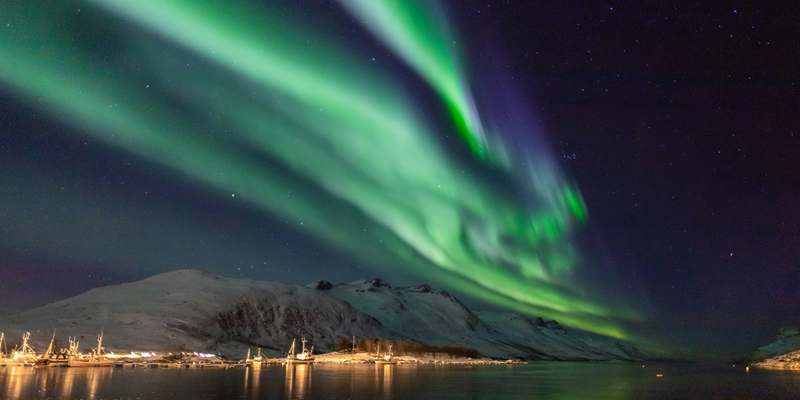
Best Time of Year for Northern Lights Viewing
Ideal Months and Seasons to Plan Your Trip
The best time to catch the northern lights is generally from September to March, as it’s dark for the longest period at night. Auroras occur most often during the winter, when the sky is clear and the hours of daylight are less. Typically, September and March are when you see stronger geomagnetic disturbances. Starting your journey when the moon is at its brightest will help you spot more. Storms and thick clouds are not a good time to watch fireworks. You have a much better chance of seeing this incredible natural event if you pick the right moment.
Understanding Solar Activity and Geomagnetic Storms
Solar wind and geomagnetic storms are responsible for the appearances of aurora. When solar particles touch Earth’s magnetic field, they produce light shows that look incredible. The KP index measures geomagnetic activity between 0 and 9 and is useful for predicting when auroras may be seen in the sky. When the KP is above 5, it tends to mean better viewing chances for those near the equator. You can find updated information on mobile apps and websites, so it’s simple to plan events at short notice. Following updates on space weather can help travelers spot the lights as soon as the sky is at its most active.
Top Countries for Aurora Sightings
Norway, Sweden, and Finland: Arctic Circle Hotspots
Seeing the aurora is most reliable in the north of Norway, Sweden, and Finland. Areas such as Tromsø (Norway), Abisko (Sweden), and Rovaniemi (Finland) are far enough north to provide long winters in the dark and very little light pollution. The region includes aurora lodges, glass igloos, and guided visits to help you see the aurora well. Many northern lights tourists pick these nations because they have a high latitude, open skies, and good infrastructure. They also carry winter trips that include dog sledding and snowshoeing for a broad arctic adventure.
Iceland and Canada: Stunning Winter Skies
Iceland and Canada also offer excellent aurora viewing opportunities. In Iceland, the remote countryside outside Reykjavík provides open skies and minimal interference from artificial lights. Spots like Thingvellir National Park and Jokulsarlon Glacier Lagoon are popular with aurora chasers. In Canada, northern provinces such as Yukon, Northwest Territories, and parts of Alberta are prime locations for viewing. These areas offer vast, open wilderness, perfect for spotting the northern lights on a clear night. Both countries provide unique natural backdrops—volcanic landscapes in Iceland and snow-covered forests in Canada—making the experience even more memorable.
Remote vs. Urban Aurora Viewing Locations
Advantages of Rural, Light-Free Environments
Remote locations with little to no artificial light are ideal for northern lights viewing. Cities and towns often have significant light pollution, which can wash out aurora activity even on a clear night. Rural areas provide darker skies and greater visibility, essential for capturing the full range of colors and movements. Places away from streetlights, car traffic, and city glow give your eyes time to adjust to the dark and spot faint auroras. Planning an overnight stay in a remote cabin or campsite can provide both peace and a clearer view of the night sky’s natural wonders.
Can You See the Aurora Near Cities?
While it’s possible to catch the aurora near cities under strong solar conditions, the chances are significantly reduced by light pollution. City lights overpower the subtle hues of the aurora, especially the fainter greens and purples. However, some cities located in northern regions—like Fairbanks in Alaska or Yellowknife in Canada—have occasional strong displays that can be visible even from urban areas. To improve visibility, head to city outskirts, local parks, or hills with open horizons. Always check the aurora forecast before heading out, as clear skies and high KP values can make a city sighting possible.

Aurora Viewing Guide: Essential Gear and Preparation
What to Wear and Bring for Cold Weather Viewing
Northern lights viewing often means standing outside in freezing temperatures for extended periods. Dress in layers—thermal base, insulated mid-layer, and waterproof outer layer. Wear gloves, a hat, and warm boots to stay comfortable. Bringing a thermos with a warm drink can also help on cold nights. Use a headlamp with a red light setting to preserve your night vision while navigating in the dark. If you’re photographing, carry extra batteries, as cold weather drains power quickly. Preparation ensures not only your safety but also your enjoyment while waiting for nature’s sky show.
Using Apps and Forecasts to Track Auroras
Modern tools make it easier than ever to track and predict aurora activity. Apps like “My Aurora Forecast” or “Aurora Alerts” provide real-time KP index readings, cloud cover maps, and viewing probability scores. Websites from organizations like NOAA and the Canadian Space Agency also offer detailed geomagnetic forecasts. Some apps can even send push notifications when activity spikes near your location. These tools are essential for maximizing your chances of seeing the lights. Combine them with weather reports to avoid cloudy nights, and you’ll be better equipped to plan a successful outing under the stars.
Conclusion
Witnessing the northern lights is a bucket-list experience that blends science, nature, and wonder into a breathtaking show. With the right timing, gear, and location, you can increase your chances of enjoying this unforgettable event. From Iceland’s rugged terrain to Finland’s snowy forests, the aurora dances across the skies in stunning displays. Whether you’re a photographer, traveler, or simply curious, proper planning makes all the difference. Use this guide to prepare for your own northern lights journey—and let the skies reveal one of Earth’s most magical natural performances just for you.

